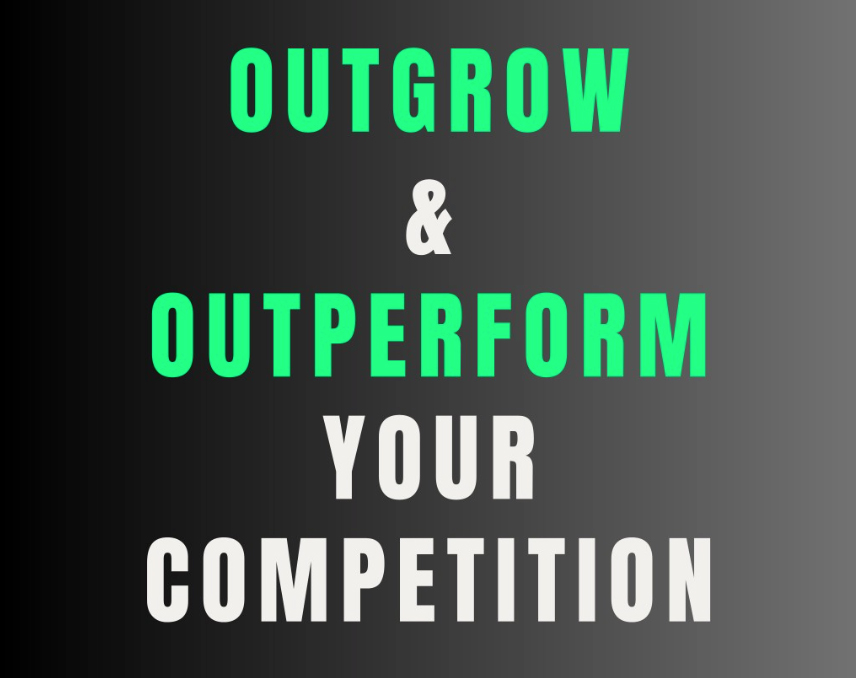One aspect of implementing circular design principles is to design for durability and longevity. By considering the entire lifecycle of a product, brands can make sure that materials and resources are used in the most efficient way possible. This means designing products that are made to last, so that they do not need to be replaced as often. By designing for modularity, brands can make it easy for customers to repair and upgrade products, which can extend their lifespan. Considering end-of-life options and designing for recyclability can also help to ensure that products do not end up in landfills, and that materials can be reclaimed and reused.
Closed-loop systems
A strategy that brands can use to become more circular is to adopt closed-loop systems. This means designing products and processes in a way that waste is minimized, and that materials are reused, repurposed, or recycled. This can include using closed-loop manufacturing processes, where waste materials are recycled and reused within the manufacturing process, or implementing closed-loop supply chains, where products are recovered and reused at the end of their life. Additionally, closed-loop systems can also include using renewable energy and water recycling systems, which can help to reduce the environmental impact of production.
Sustainable materials
When it comes to sustainable materials, brands can take steps to minimize the environmental impact of materials used in production by selecting materials with a low environmental impact and ensuring that materials are sourced responsibly. This can include using materials that are biodegradable, compostable, or made from recycled content, such as using recycled plastic, recycled paper, or organic cotton. Moreover, brands can also explore alternative materials, such as mushrooms, hemp, and algae-based materials, which are also biodegradable and have a low environmental impact. Brands can also explore options for using post-consumer recycled materials, which can help to reduce the need for virgin resources, by recovering materials that would otherwise be wasted.
Circular business models
Circular business models, such as product-as-a-service, lease-and-return, and shared economy models can also help Brands to become more circular. By providing customers with the option to lease or share products, brands can increase the use of existing products and reduce the need for new products. By designing products for a circular economy, brands can create new business opportunities and revenue streams, such as offering repair and refurbishment services, or recycling and repurposing products.
Circular practices
Promoting circular practices throughout the supply chain, by engaging with suppliers and partners, can help brands to implement circular practices more effectively. This can include encouraging suppliers to use more sustainable materials, implementing circular design principles, and making sure that transportation and logistics are as efficient as possible. Brands can also leverage their influence and visibility to raise awareness of the importance of circular practices and to encourage others to take action. This can include promoting circular practices among customers, through campaigns and communications, and also encouraging the government and other stakeholders to promote circular policies and initiatives.
Make it easy for the customer
Making it easy for customers to recycle and repurpose products is also an important aspect of becoming more circular. This can include providing recycling and repurposing options, such as providing easy-to-use recycling instructions, offering repair and refurbishment services, or partnering with recycling companies and organizations. This can help customers to extend the life of their products and keep materials in use, which can help to reduce waste, lower environmental impact, and create new business opportunities.
Circularity metrics
Measuring and reporting circularity metrics is also important, this will allow the brands to track their progress, identify areas for improvement and communicate the achieved circularity levels to their stakeholders. These metrics can range from the circularity index, which measures the percentage of circular material in a product, to carbon footprint, water usage, and energy consumption.
Becoming more circular is a journey that requires a comprehensive approach, but with the right strategies, brands can take steps toward a more sustainable and circular economy. By implementing circular design principles, using sustainable materials, embracing circular business models, promoting circular practices throughout the supply chain, and making it easy for customers to recycle and repurpose products, brands can significantly reduce their environmental impact, increase their efficiency and create new opportunities for growth.
Becoming a circular brand is an ongoing process and requires continuous evaluation and adaptation. Brands need to continuously monitor their performance, research new technologies, and materials, and adapt their processes and products to stay current and aligned with circular economy principles.
The circular economy is not just a trend or a fad, it’s the way of the future. Brands that are able to implement circular strategies and design their products and business model with circularity in mind, will be well positioned to not only reduce their environmental impact, but also to remain competitive in an ever-changing marketplace. By being a circular brand, they’ll be able to contribute to a sustainable future and create new business opportunities.



